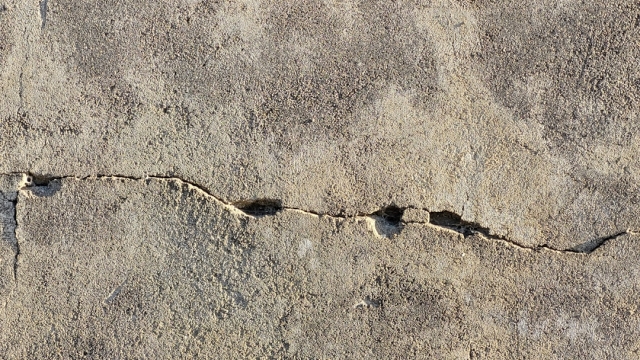Common Plumbing Issues and Their Causes
Homeowners often encounter various plumbing issues that can disrupt daily life and lead to costly repairs if not addressed in a timely manner. Understanding common plumbing problems and knowing effective plumbing repair techniques can empower individuals to tackle minor issues themselves. This article will explore some typical plumbing problems, provide step-by-step repair techniques suitable for DIY enthusiasts, and discuss when it might be wise to call in a professional plumber.
Common Plumbing Issues and Their Causes
Several plumbing issues can arise in a home, each stemming from different causes. Here are some of the most common problems:
Leaky Faucets
Leaky faucets are not only annoying but can also lead to water wastage. They often result from worn-out washers or O-rings, which are easily replaced.
Clogged Drains
Clogs can occur in sinks, tubs, or toilets due to the accumulation of hair, soap, grease, and other debris. Understanding the type of clog is essential for effective removal.
Running Toilets
A toilet that runs continuously can waste a significant amount of water. This issue is often caused by a faulty flapper valve or a malfunctioning fill valve.
Low Water Pressure
Low water pressure can be frustrating and is often caused by mineral buildup in pipes or issues with the municipal water supply.
Step-by-Step Plumbing Repair Techniques for DIY Enthusiasts
When faced with plumbing issues, many homeowners opt for DIY repairs. Here are some effective plumbing repair techniques for common problems:
Repairing a Leaky Faucet
- Tools and Materials Needed: Adjustable wrench, screwdrivers, replacement washers or O-rings, plumber’s grease.
- Step 1: Turn off the water supply to the faucet.
- Step 2: Remove the faucet handle by unscrewing it. Use a screwdriver to help if necessary.
- Step 3: Take out the retaining nut with an adjustable wrench and remove the valve cartridge.
- Step 4: Replace the worn washer or O-ring with a new one, applying plumber’s grease.
- Step 5: Reassemble the faucet and turn the water supply back on.
Clearing a Clogged Drain
- Tools and Materials Needed: Plunger, drain snake, bucket, vinegar, baking soda.
- Step 1: Use a plunger to try and dislodge the clog. Ensure there is enough water in the sink to cover the plunger cup.
- Step 2: If the plunger doesn’t work, remove the drain cover and use a drain snake to reach deeper clogs.
- Step 3: For stubborn clogs, pour a mixture of vinegar and baking soda down the drain. Let it sit for about 30 minutes before flushing with hot water.
Fixing a Running Toilet
- Tools and Materials Needed: Replacement flapper or fill valve, adjustable wrench.
- Step 1: Remove the tank lid and inspect the flapper for wear or debris.
- Step 2: If the flapper is damaged, replace it by removing the old one and installing the new one according to the manufacturer’s instructions.
- Step 3: Adjust the fill valve height if necessary to ensure proper water levels in the tank.
Addressing Low Water Pressure
- Tools and Materials Needed: Pipe wrench, vinegar, soft cloth.
- Step 1: Check aerators on faucets for mineral buildup. Unscrew and soak them in vinegar, then scrub with a cloth.
- Step 2: Inspect the main water valve to ensure it is fully open.
- Step 3: If low pressure persists, consider checking for leaks or consulting a professional.
When to Call a Professional Plumber
While many plumbing repair techniques can be executed by DIY enthusiasts, there are instances when it is advisable to call a professional plumber. If you encounter issues that are beyond your skill level, such as extensive leaks, sewer line problems, or major installations, seeking expert help is the best course of action. Additionally, if a repair does not resolve the issue or if you feel overwhelmed, professionals have the experience and tools necessary to tackle complex plumbing problems effectively.
Conclusion
Understanding basic plumbing repair techniques can save homeowners time and money while providing a sense of accomplishment. By learning to address common issues such as leaky faucets, clogged drains, running toilets, and low water pressure, individuals can manage minor repairs confidently. However, always assess your comfort level and know when it is time to call a professional. For more comprehensive resources on plumbing repair techniques, visit this helpful guide.



